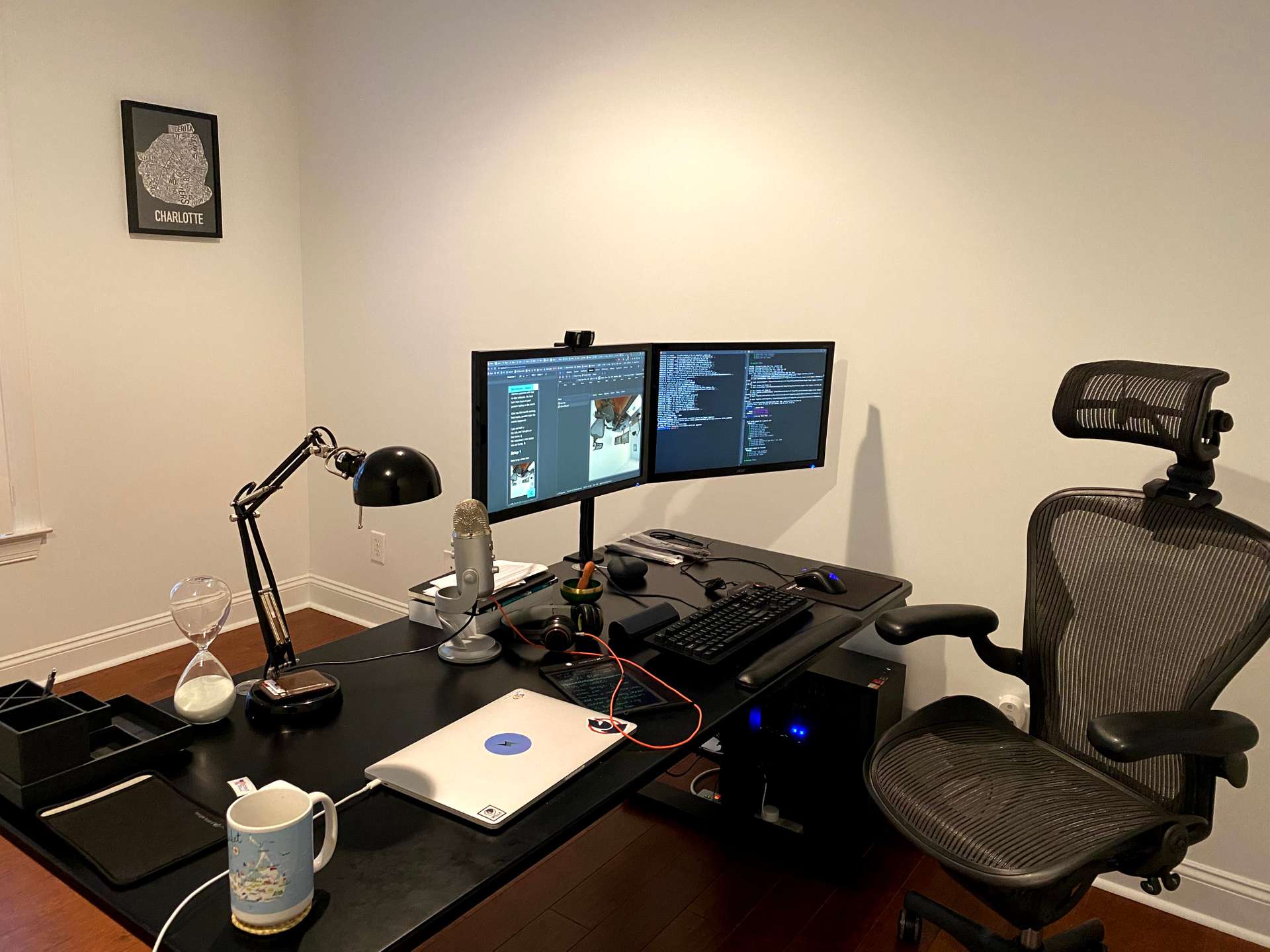I am fortunate to be employed in a field that embraced remote work long before COVID-19. According to the Bureau of Labor Statistics, 24.8% of Americans worked from home in 2017-2018. "Information" and "Professional/business services" employees reported a nearly 50% work from home (WFH) rate.
Despite being employed as a software engineer for almost three years, I had never worked remotely. Sure, there was an occasional Friday during a slow week, or a day when my car wouldn't start, but never more than two days in a row.
"We see an incredible 42 percent of the U.S. labor force now working from home full-time." Nicholas Bloom, Stanford Institute for Economic Policy Research
Early days ¶
The first month seems like a blur. I remember sleeping in because I had no commute. I shared a 750 square foot apartment with my fiancee, and we were in the process of postponing our wedding due to COVID-19. I sought to maintain control over my working schedule by logging-in wherever I felt like being: in bed, on the couch, or at the kitchen table.
Working this way made it difficult to remain engaged. I had less energy and struggled to maintain patience with day-to-day setbacks. My back hurt from hours of poor posture typing on the couch. Work began to overtake the kitchen counter. I realized I needed to make changes to my work routine to be successful working remotely.
"32.2% of hiring managers found that [remote work] productivity has
increased compared to 22.5% who found that it decreased. Adam Ozimek, The Future of Remote Work
Keep a buffer ¶
Creating one area dedicated for work was tremendously helpful. Shortly after beginning to work from home, we moved to a new place. This allowed me to set up a home office. No more working on the kitchen table!

Working solely from this office lets me stay focused during work, and gives my mind a chance to rest when the day is over.
Enjoy what you read? Feel free to share this post!
Published